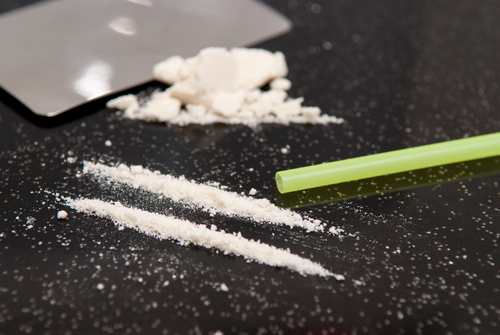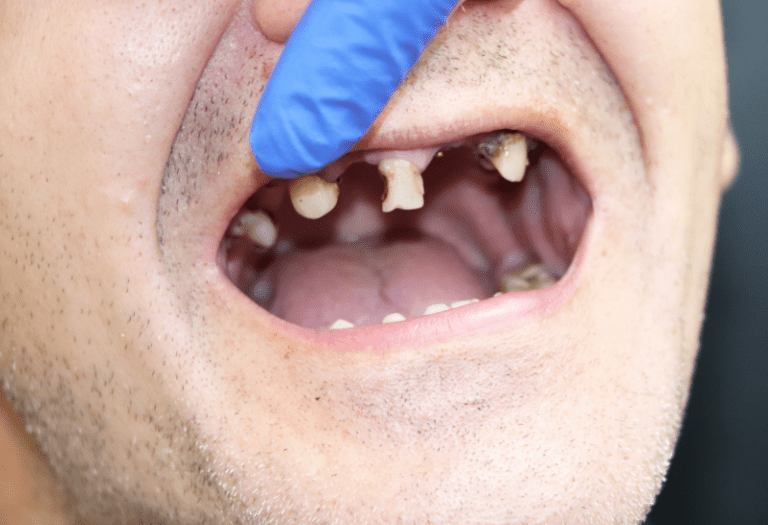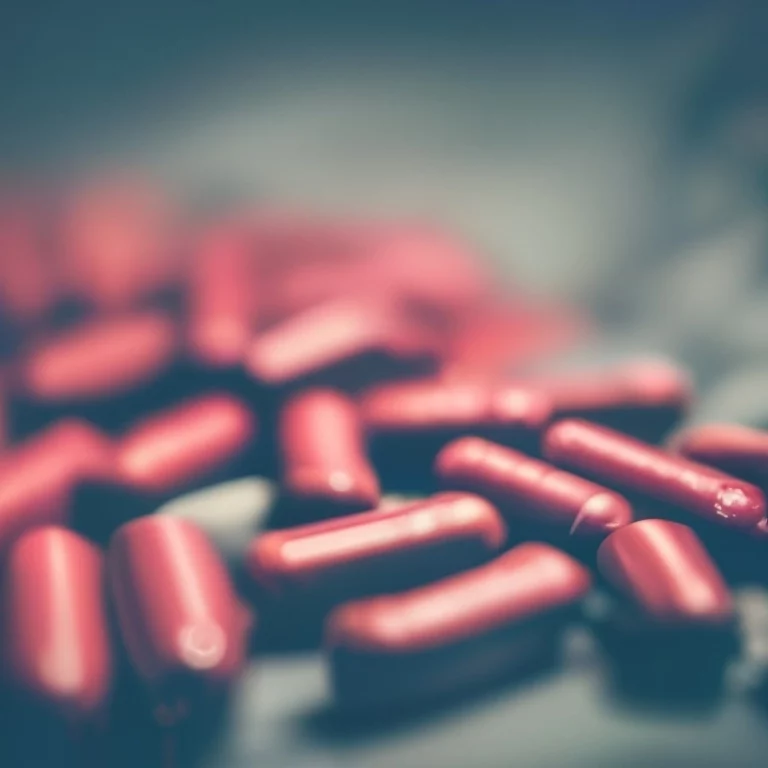Freebasing cocaine is a form of cocaine use that can increase the potency of the drug. This process is also used with other drugs like nicotine and morphine. It is essential to have an understanding of the effects of freebasing to understand the risks associated with it.
In this article, we will cover what freebasing is, the effects of freebasing, the differences between freebasing cocaine and smoking crack, and addiction treatment options.
What is Freebasing Cocaine?
Freebase cocaine is the base form of cocaine. Freebasing cocaine is the process of removing the cocaine base from the salt form cocaine is naturally found in. While crack cocaine is made by mixing the cocaine base with a combination of water and baking soda, freebase cocaine is made by using ammonia to retrieve the base. This results in freebase cocaine being in a small, crystallized rock form that can then be smoked.
There are many methods of freebasing cocaine, but most of them typically involve using a glass pipe and a small piece of copper. The small piece of copper is used as a reduction base so that the cocaine can be melted and boiled down to a vapor that is smoked through the glass pipe.
Freebasing cocaine removes the hydrochloride in cocaine, making it an almost entirely pure version of the substance. Since freebased cocaine is smoked, the effects are felt immediately, and the high is short-lived but intense.

The Effects of Freebasing Cocaine
The effects of freebasing cocaine can be highly addictive, leading to a cycle of repeated use and increased tolerance. With freebasing cocaine, there are immediate side effects to be aware of, as well as long-term effects that can affect your health for years to come.
Some of the most common side effects are:
- Anxiety
- Erratic or violent behavior
- Heart attack
- Increased blood pressure and heart rate
- Paranoia
- Nausea or vomiting
- Restlessness
Some of the most common long-term effects are:
- Chronic fatigue
- Seizures
- Asthma or respiratory issues
- Vascular disease
- Cognitive impairment
- Stroke
- Increased risk of infections
How Addictive is Freebasing?
Freebasing cocaine can be highly addictive due to the intense and rapid effects it produces. Since this method produces an immediate and powerful rush, it can lead to a cycle of repeated use and tolerance.
The effects produced by freebasing cocaine can create a strong psychological dependence on the drug. Cocaine users may find themselves craving the drug and seeking more of it to achieve the same high. Over time, the brain may become less responsive to the effects of the drug, leading to the need for higher doses to achieve the drug’s euphoric effects. However, this increases the risk of overdose and the frequency of side effects.
The Differences Between Crack and Cocaine
While crack and cocaine are very similar, there are some differences between the two to be aware of. This includes the chemical structure, how it’s used, and the rate of addiction.
Chemical Structure
Cocaine can come in two forms that are pharmacologically the same, making crack and cocaine the same substance. Cocaine hydrochloride is the white powder form of cocaine and is a less pure form of cocaine. Crack, one of the many street names for cocaine, is created by a mixture of hydrochloride and ammonia that is then heated to remove the hydrochloride, leaving only small rock-like crystals behind.
Methods of Use
Powder cocaine is typically snorted, injected, or rubbed onto the gums. This produces an intense and fast onset of effects that fades quickly. However, injecting the powder will result in an even faster result than snorting or rubbing it onto the gums.
Crack is typically smoked, and this is what is called freebasing. When an individual inhales the vapors from the crack rock, it creates euphoric effects within seconds. Although these effects do not last long, they lead to the individual using the drug more and more.
Rate of Addiction
It’s important to note that consuming cocaine in any form is dangerous, causes long-term health effects, and increases the rate of addiction. However, smoking crack is more addictive than powder cocaine since it is typically snorted. As previously stated, smoking cocaine allows for the effects to take place faster than snorting, so the rate of addiction to crack is higher than powder cocaine.

Cocaine Addiction Treatment Options
Cocaine addiction can be a complex disease to overcome without the proper treatment. Luckily, there are several different types of therapy available to treat addiction. Here are the most common types of treatment for cocaine addiction:
- Cognitive Behavioral Therapy (CBT): This type of therapy helps individuals identify and change negative thoughts and behaviors that can contribute to drug use. It also teaches individuals coping skills to manage cravings and prevent overdoses.
- Medication-Assisted Therapy (MAT): MAT involves using medications to help manage withdrawal symptoms and cravings, making it easier for individuals to refrain from drug use. This is typically done in a treatment facility.
- Medical Detox: Medical detox typically takes place at a treatment facility and is a way to remove drugs or alcohol from your system safely.
- Support Groups: Support groups, like Narcotics Anonymous, provide a safe and supportive environment for those struggling with their addiction. This allows individuals to connect with others going through similar experiences.
Addiction Treatment at Knoxville Recovery Center
At Knoxville Recovery Center, we offer comprehensive, holistic, and individualized treatment plans to those struggling with substance abuse. Our team of specialists ensures a peaceful environment focused on your care. We offer treatment programs that include medical detox, addiction treatment, therapeutic nutrition education, and aftercare planning services.
If you or a loved one are struggling with substance use or cocaine addiction, contact us today to learn more about our programs. We are dedicated to providing the care that our clients need and deserve.








